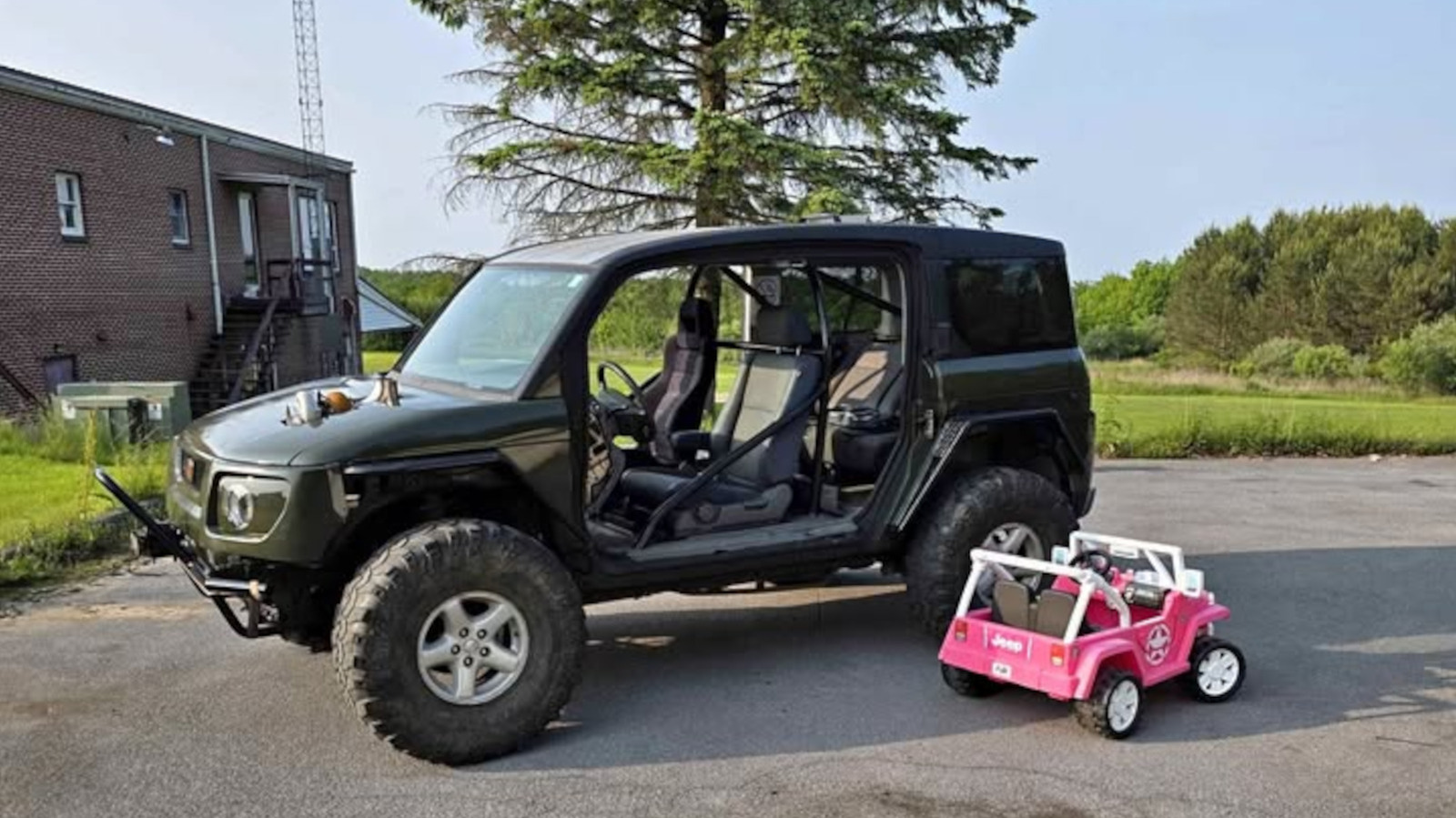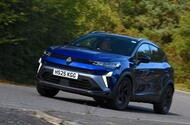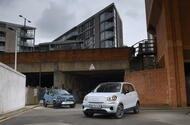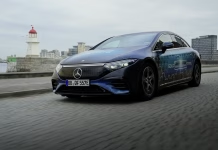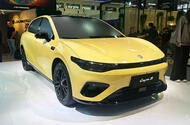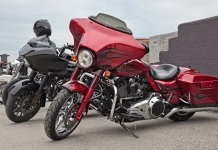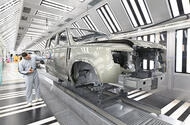Renault Captur Combines Striking Design and Value With Hybrid Choices and Modern Tech
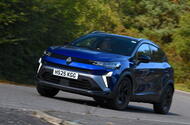 Supermini-based SUV wows with style and tech – but hybrid powertrain has its flaws The Renault Captur's raison d'être is marrying strong value and dramatic styling with a sensible crossover shape.Prices start from less than £20,000 - undercutting many rivals such as the Ford Puma, Skoda Kamiq and Nissan Juke. The lines are sharp and up-to-date and its crossover dimensions mean it's similar in size with its sibling model, the Renault Clio, but just that bit taller and easier to get in and out of.The Captur is a popular model, selling more than two million units since its 2013 launch, taking a significant portion of the global B-segment share.There are two engine choices. The cheapest is a three-cylinder petrol badged TCe 90 and the more expensive offering is a full-hybrid system.There are also three trim levels to choose from. Evolution is the base; Techno adds heated wing mirrors, Renault's Google-based infotainment (with Apple CarPlay and Android Auto) and 18in alloys; and Esprit Alpine swaps in 19in alloys, two-tone paint schemes and adaptive cruise control.
Supermini-based SUV wows with style and tech – but hybrid powertrain has its flaws The Renault Captur's raison d'être is marrying strong value and dramatic styling with a sensible crossover shape.Prices start from less than £20,000 - undercutting many rivals such as the Ford Puma, Skoda Kamiq and Nissan Juke. The lines are sharp and up-to-date and its crossover dimensions mean it's similar in size with its sibling model, the Renault Clio, but just that bit taller and easier to get in and out of.The Captur is a popular model, selling more than two million units since its 2013 launch, taking a significant portion of the global B-segment share.There are two engine choices. The cheapest is a three-cylinder petrol badged TCe 90 and the more expensive offering is a full-hybrid system.There are also three trim levels to choose from. Evolution is the base; Techno adds heated wing mirrors, Renault's Google-based infotainment (with Apple CarPlay and Android Auto) and 18in alloys; and Esprit Alpine swaps in 19in alloys, two-tone paint schemes and adaptive cruise control.Ford Taurus SHO stands out as the ultimate enthusiast ride

CO2 Rules Threaten European Car Industry Survival Warn Leaders
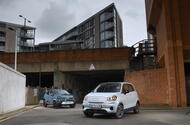
Industry bosses are calling for improved conditions for building city carsCar bosses to meet EU president to pitch for more viable van emissions rules and a European 'kei car' segment
The entire European automotive industry will crash if legislation concerning CO2 reductions isn't revised by the end of the year, Stellantis’s most senior executive in Europe has warned.
Speaking at the Munich motor show, Stellantis Europe boss Jean-Philippe Imparato said there was "a sense of urgency” ahead of cross-industry talks with European Commission President Ursula von der Leyen on Friday and there should be "less discussions, more actions", which should include a new European-specific category to bring back the sub-€15,000 city car segment.
Current European legislation has the industry working towards a 55% reduction in CO2 levels for cars and 50% for vans by 2030 and a 100% reduction by 2035, based on 2021 levels. This will necessitate a dramatic increase in EV sales.
"We'd like to stop discussion and see action – now," said Imparato. "For the period of 2026 to 2030 and to 2035, the CO2 thresholds are not reachable. The market isn't there, the economic context isn't there, the charging stations are not there and the price [of EVs] is not competitive.
"Sixty per cent of the industry in Europe is for cars below €40,000, and we cannot meet the expectations of the customers here [with what the legislation requires around EVs]. We will never meet the thresholds requested, and if we don't, we will crash the entire automotive industry."
Imparato's comments came after BMW CEO Oliver Zipse warned the European car industry "will halve" if manufacturers are forced to comply with the rules as they are currently written.
Imparato outlined four areas on which the industry had broadly agreed and would be presenting to von der Leyen and her officials, and he said he would like the focus of the talks to be on these points rather than "spending hours discussing percentages".
First, the industry wants to address LCV (sub 3.5-tonne vans) legislation, which "is not reachable at all", as "nobody will buy a €50,000-plus [electric] Fiat Ducato today".
Imparato wants to see LCV CO2 emissions reductions pooled over a rolling five-year basis and adapted to include any and all relevant technologies, including diesel.
"The current legislation is just writing the crash of the LCV industry below 3.5 tonnes in Europe," he said.
Second point of order is the legislation to enable the return of the A-segment city car in Europe. Imparato said there were once 49 city car models below €15k but now there is just one, as these cars are no longer profitable to make.
Imparato called on a specific category to be introduced for the rebirth of the A-segment in Europe, modelled on the likes of kei car rules in Japan and similar legislation in Brazil.
These would be capped with CO2 emissions of around 110g/km and could be mild hybrids with caps on power outputs and speed. They would be built in Europe with high levels of European content and with specific homologation to avoid the "€1500 per car of legislation" that Europe currently calls for, the likes of active safety technology having pushed up prices of city cars and made them no longer profitable.
Third, Imparato detailed a proposal to focus less on pushing the sale of new EVs but more on the "renewal of the car parc" and incentivising customers who are keeping onto their cars for ever longer periods to move into a new car of any type.
"Today, we put all our energy into BEVs. Can we consider the 256 million cars already in the European car parc now that are ageing one month every year?" he asked.
Imparato said the average age of a car in Europe was now 12 years. If an average 15-year-old car were taken off the road, the average new car would have 76g/km-lower CO2 emissions.
Imparato would therefore like to see incentives to take older cars off the road and car makers being "given the benefit of the CO2 savings" in calculating carbon emissions, rather than focussing on the tailpipe.
"I don't need the money, just the credit for the CO2 savings," he said.
The final proposal is a greater focus on promoting B-segment EVs instead of the whole market, given this is the core of the European market.
Imparato said car makers should be given 'super credits' for selling them, as they are vital in supporting the wider European industry, the likes of battery makers and supply chains that have been set up.
He is confident that progress will be made in the talks, and the fact that the proposals have been broadly agreed across all major car makers (with some pushing certain proposals of the four more than others, based on their own business needs) backs up that confidence.
Imparato added that legislators cannot ignore that the market trajectory has not worked out as had been projected when the legislation and targets were first written, hence the need to act now.
"We’re together," Imparato said, when asked if car makers are truly aligned in their approach. "We are not here [at the Munich show] to sell cars. This is the first time we're aligned in our messages and position in a positive way, with added value proposals. I hope that the regulator reacts positively and decides something by the end of the year."
Solid-state batteries unlock 750 mile range in new electric vehicle breakthrough
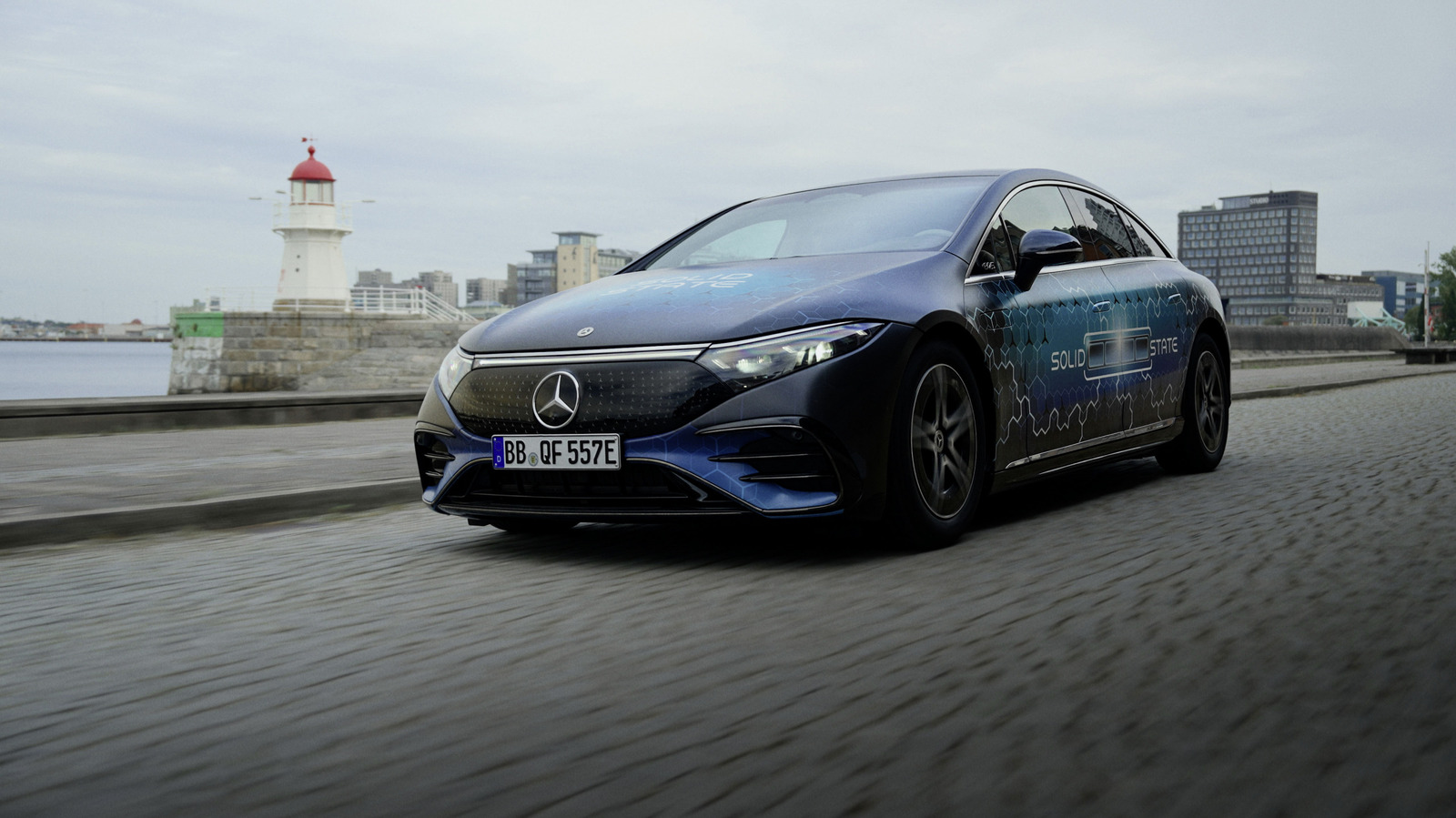
Mercedes V12 Engines Set to Continue Beyond 2030 Despite Emission Rules
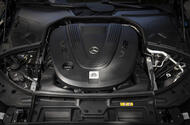 Manufacturer pledges to keep its largest combustion engine going past 2030 where possible
Manufacturer pledges to keep its largest combustion engine going past 2030 where possible
Mercedes-Benz will continue to offer V12 engines into the next decade, its technology boss has confirmed.
The arrival of new European emission laws - named Euro 7 – at the end of next year put the German firm's largest combustion engine into doubt.
But, speaking at the Munich motor show on Monday, tech boss Markus Schäfer confirmed that Mercedes “will continue to offer V12s”.
When asked about the unit being EU7-compatible, Schafer said “I will not say more, but it is coming”, strongly hinting that it will remain available in Europe.
He did not, however, give any details on how Mercedes would make the V12 compliant with the new rules, nor did he confirm which model lines would use the engine.
Currently, the only Mercedes model to use a V12 is the 603bhp Maybach S680 limousine, but it was previously offered in AMG's S65, CL 65 and SL 600 models.
It's possible that V12-engined Mercedes models could be sold only in select global markets in the future.
The news that Mercedes is continuing with V12 power comes as it shifts its ICE model strategy.
The firm also plans to phase out the controversial four-cylinder plug-in hybrid drivetrain used in the C63 and GLC 63 and instead fit those cars with updated versions of today’s straight six or an all-new V8.
“We have invested quite a lot to update the entire portfolio,” said Schäfer. “On top, we have created a new V8 that has almost finished EU7 compliance. It is a high-performance V8; it’s brand new.”
Speaking about the future of the petrol powertrains, AMG boss Michael Schiebe said the brand will continue with them “as long as possible, where regulations allow”.
He said: “Of course, in the US, in Europe, the regulation is that you cannot sell combustion engines any more from 2035, and we have to comply with that.
"But there are other markets at the moment [where] I don't expect them to have such a regulation in place [such as the Middle East and China]. So we could still continue to sell those engines there in those markets as long as customer demand continues."
V6 vs V8 Discover Why These Engines Sound So Different
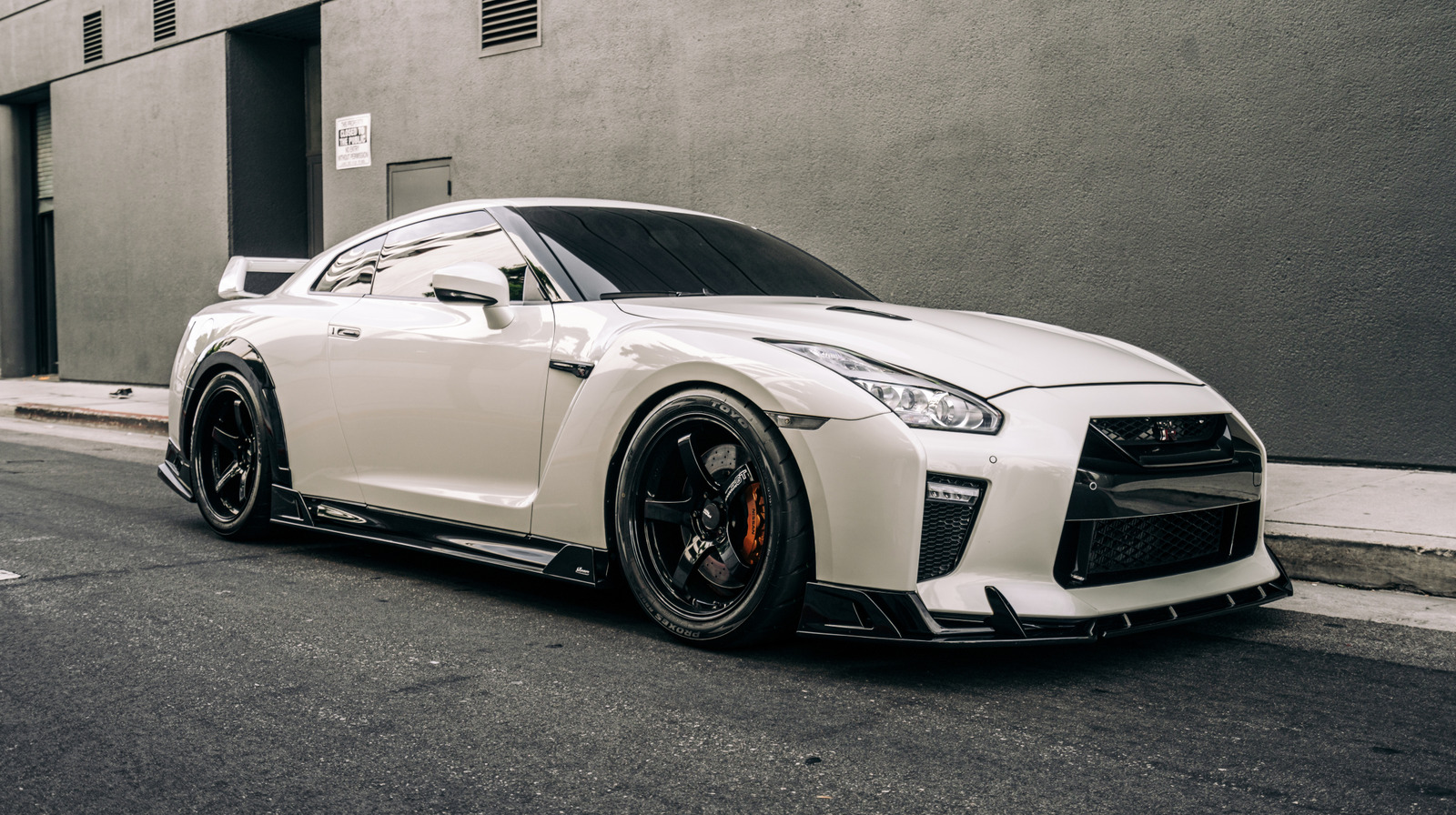
Leapmotor B05 Launches as Affordable Electric Hatchback Rival to ID 3
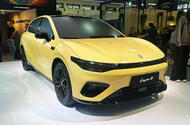 New hatch is latest addition to growing Leapmotor line-up; will be twinned with incoming B10 crossover
New hatch is latest addition to growing Leapmotor line-up; will be twinned with incoming B10 crossover
Leapmotor has revealed the B05, an electric hatch that will arrive early next year as a rival to the Volkswagen ID 3.
Revealed at the Munich motor show by the Stellantis-backed Chinese brand, the new B05 sits between the T03 city car and the recently revealed B10 crossover – the latter of which is due here in the coming months.
The B05 is effectively a lower-slung and more affordable version of the B10. It measures 4430mm long, 1520mm tall and 1880mm wide – which Leapmotor claims makes it the broadest in its segment.
Leapmotor describes the B05 as a “sporty-looking hatch” that has been designed “for the new generation of urban trendsetters”.
This “futuristic but grounded” design language is showcased by the car’s frameless doors and 19in ‘Swift-Wing’ alloys, said Leapmotor.
Speaking previously, Leapmotor vice-president Cao Li said the B05 is a "gift" for young people worldwide. "We want to build a dream car for young people who refuse to settle, conform or be ordinary," he added.
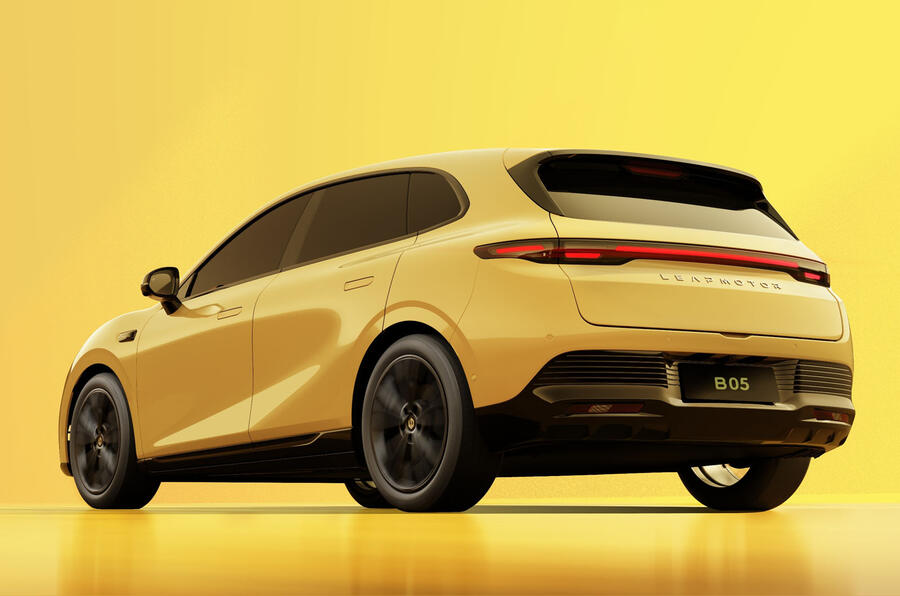
Leapmotor has yet to confirm any technical specifications for the B05, but it is likely to mirror what is offered by the technically identical B10.
The crossover, which sits on the new Leap 3.5 platform, draws power from either a 56.2kWh or 67.1kWh battery pack and offers up to 260 miles of range. It is powered by a 215bhp single motor on the front axle.
For the B05, these figures line it up neatly as a rival to versions of the popular ID 3, MG 4 EV, BYD Dolphin and Renault Megane.
Inside, it is likely to look all but identical to the B10 (below), having a minimalist cockpit that majors on digital functionality – with a 14.6in touchscreen and 8.8in instrument display handling all the main infotainment and control functions.
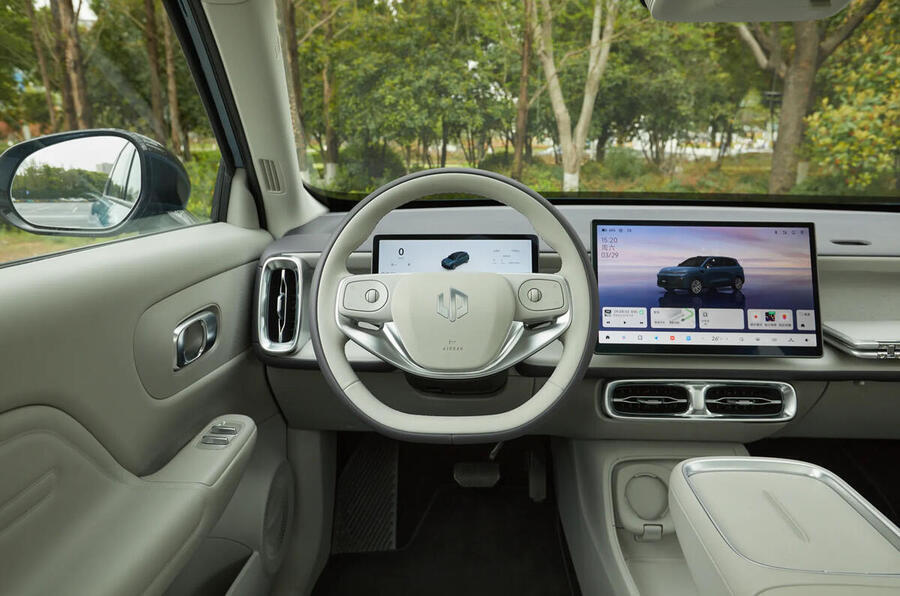
Pricing has yet to be announced, but as the larger C10 starts at £32,750, expect the B10 to start from just under £30,000 and the B05, therefore, from around £27,000.
The B05 will be the fourth of six Leapmotor cars that are planned to be on sale in the UK by 2027. It will be followed next year by the A10, a small crossover conceived as a rival for the Volkswagen ID Cross, and the A05, a circa-£20k hatchback.
Harley-Davidson Street Glide vs Road Glide Key Differences Explained
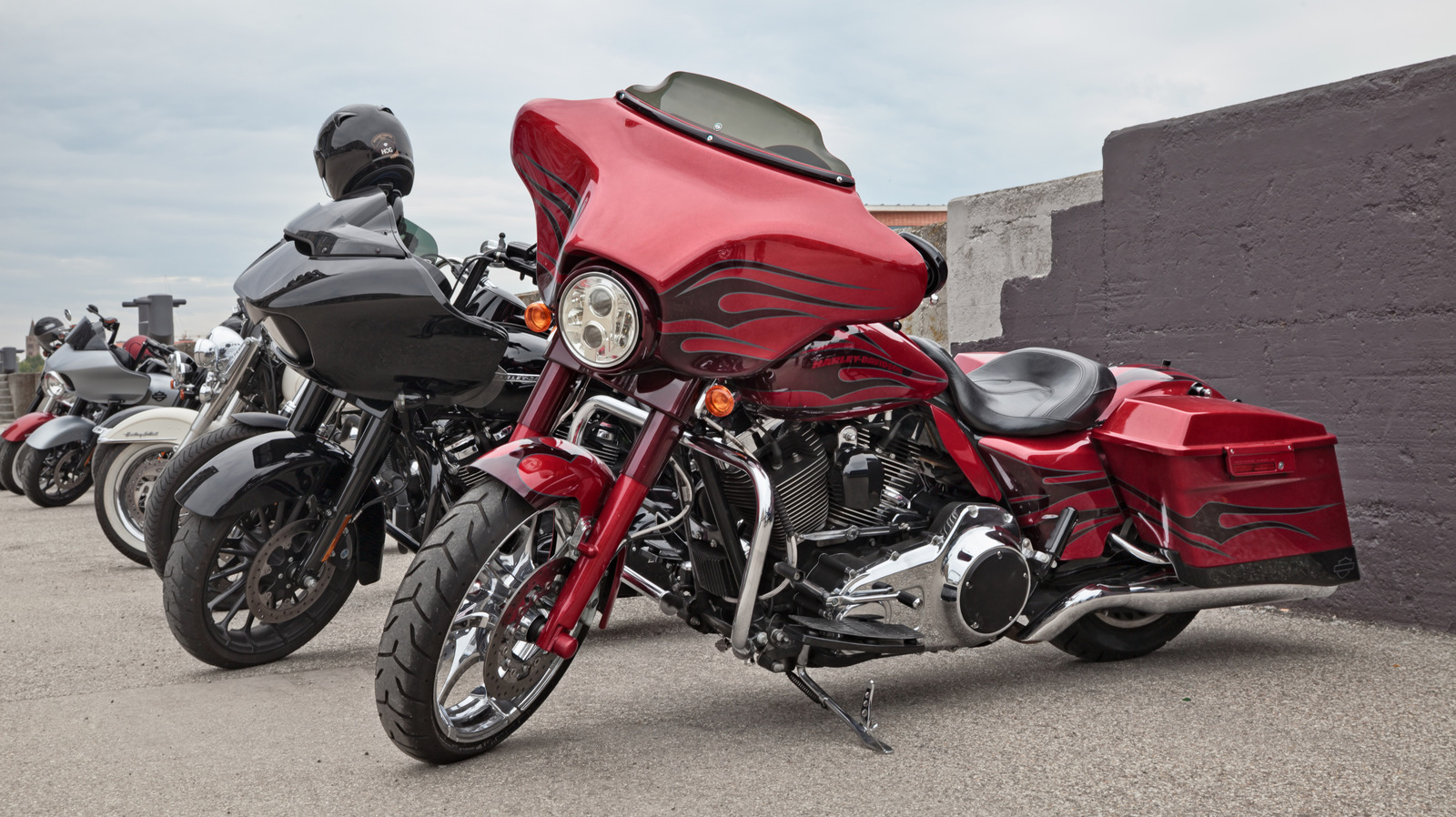
JLR Cyber Attack Halts Land Rover Production and Exposes Customer Data Globally
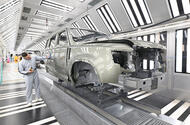 No new Land Rover cars have been produced since 1 September attack; issues affecting JLR globally
No new Land Rover cars have been produced since 1 September attack; issues affecting JLR globally
Data has been "affected" as a result of the cyber attack on JLR last week, the company has confirmed.
The 1 September hack has left the Jaguar and Land Rover maker crippled. No cars have been produced globally since, leading to what is expected to be millions of pounds of lost income.
A timescale for a fix is yet to be announced.
The extent of the issues meant JLR brought in police and cybersecurity experts over the weekend to “restart our global applications in a controlled and safe manner”.
During this process, which included an investigation, it was discovered that "some data" was "affected", said JLR.
JLR said today (10 September) that those affected will be contacted, suggesting that this data relates to customers and may have been stolen.
A JLR spokesperson told Autocar: “As a result of our ongoing investigation, we now believe that some data has been affected and we are informing the relevant regulators.
“Our forensic investigation continues at pace and we will contact anyone as appropriate if we find that their data has been impacted.
“We are very sorry for the continued disruption this incident is causing and we will continue to update as the investigation progresses.”
JLR has been rebuilding its internal IT systems since it shut them down following the cyber attack.
Alongside production issues, dealer sales, handovers and parts ordering are also affected.
JLR told Autocar on Saturday that “our retail partners remain open”. Autocar understands dealers are manually registering cars while computer systems remain down.
Meanwhile, the majority of workers at JLR’s production sites in the West Midlands and Merseyside have been told not to return to work again today. They are being updated daily and still being paid, with lost hours being "banked".
Production is also understood to have stopped at JLR's factories in Slovakia and India.
While JLR's public-facing website appears to be fully operational, the car configurator isn't accepting build orders, instead directing buyers to purchase from stock.
JLR hack: what happened?
Autocar first reported issues affecting JLR on 1 September, when dealers couldn't register new cars on 'new plate day' , traditionally one of the year's busiest for registrations.
In an effort to combat the hack, JLR began “shutting down our systems” on 2 September.
It's still in the process of rebuilding them and is unabel to confirm a timescale for the fix.
Who has claimed responsibility?
On 3 September, Scattered Spider – the group that hacked retailer Marks & Spencer in May, causing seven weeks of disruption and costing £300 million in lost operating profit – claimed responsibility for the attack on JLR.
Along with fellow hacking group Shiny Hunters, it claimed to have obtained customer data after exploiting a similar flaw in JLR’s IT system, The Telegraph reported.
The claim was made on a Telegram messenger group, where a user linked to the hackers posted a screenshot of what appeared to show JLR's internal system.
A member of the group told The Telegraph that a well-known flaw in SAP Netweaver - third-party software used by JLR - was exploited to access the data.
US cyber agency CISA warned about the flaw earlier this year. An update for the software was released, but whether JLR applied it is unknown.
It's also not known what data was taken or if a ransom demand has been made.
JLR told Autocar in a statement on 3 September that “there is no evidence any customer data has been stolen”.
According to The Telegraph, the hacking groups are believed to be made up of teenagers from English-speaking countries.
Jeep Alternatives Meet the Turbocharged Honda Element Off Roader
